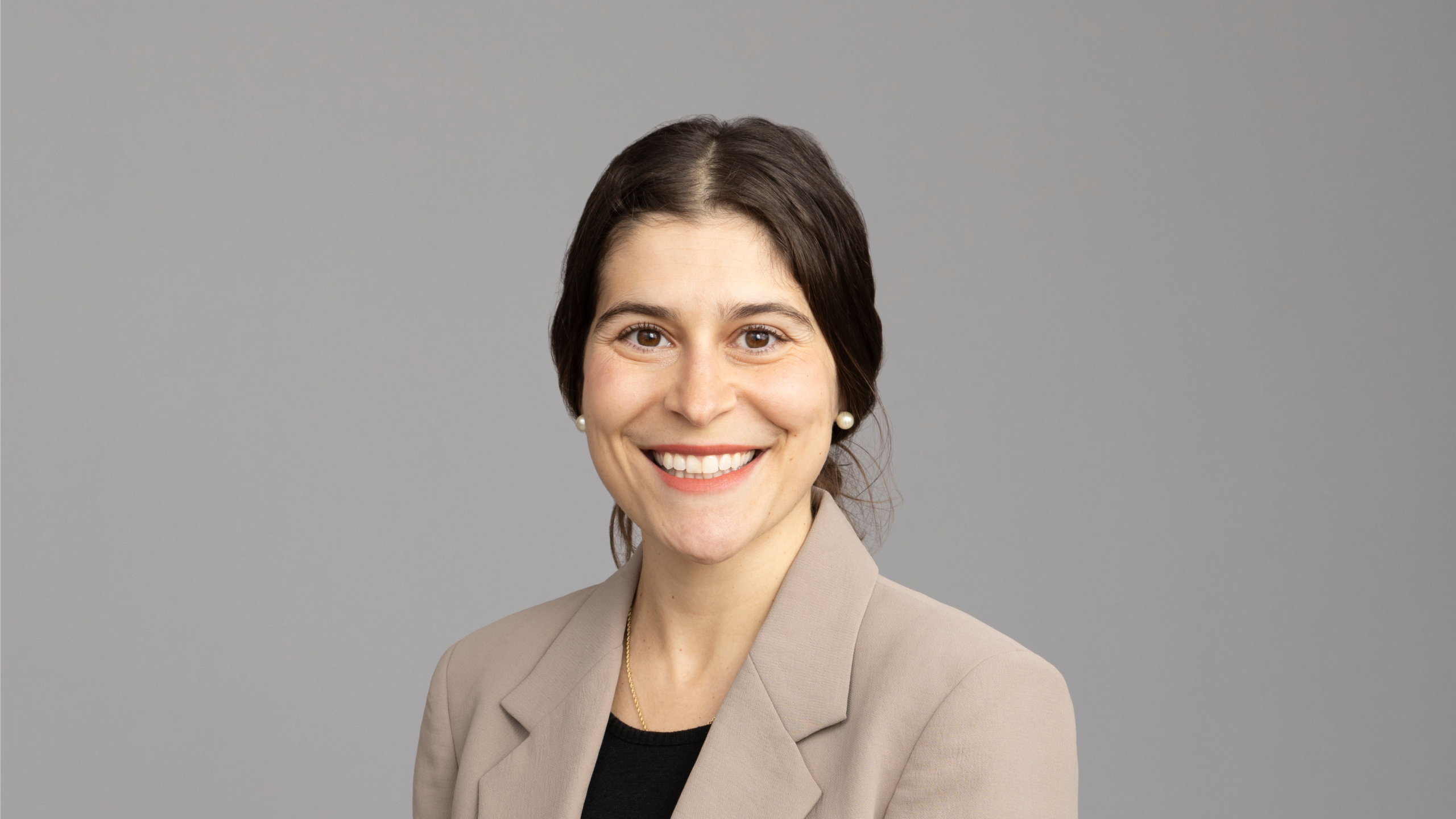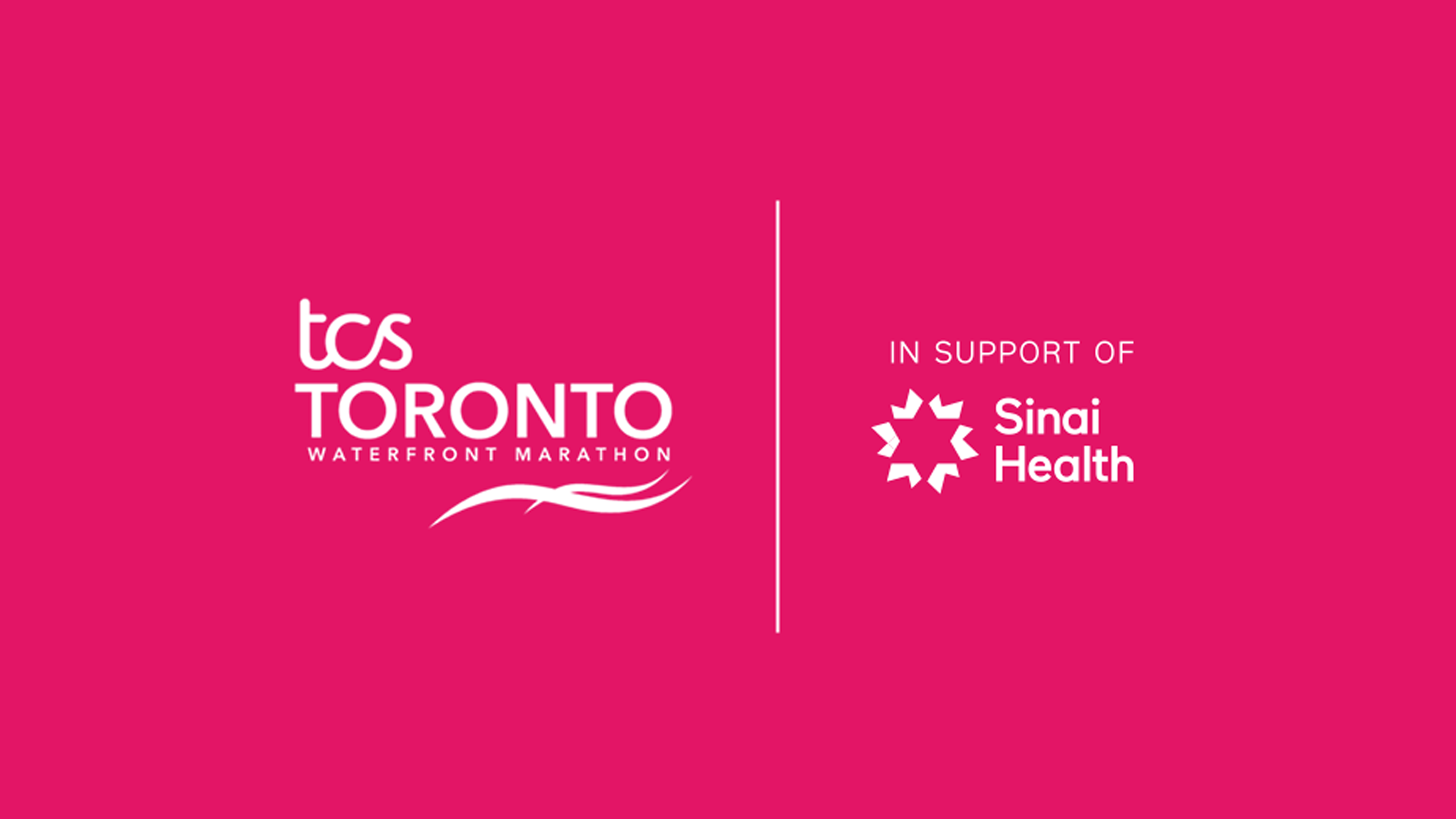Preparing for baby’s arrival in the emergency department

It’s hard to tell a baby to wait just ask any parent. Doctors and nurses at Sinai Health also know this all too well as surprise deliveries can happen anywhere: at the side of highways, in the ambulance bay, on the hospital’s main floor and in the emergency department.
The emergency physicians and nurses in the Schwartz/Reisman Emergency Centre at Mount Sinai Hospital frequently care for pregnant and postpartum patients. While most pregnant patients deliver on the Labour and Delivery floor, sometimes labour can rapidly progress and Sinai Health’s care team needs to be ready whenever and wherever that happens.
This spring, nurses, doctors, respiratory therapists and social workers from emergency medicine, neonatal intensive care, obstetrics and anesthesia ran weekly simulations to practice for those rushed deliveries as part of the emergency medicine simulation program.
“It is incredible to see three departments come together during such a busy and stressful time to learn, discuss and debate. All to better the care for our patients,” said Dr. Nadia Primiani, co-lead of the emergency department simulation team. “We perform these simulations right in the emergency department to ensure the teams are well-prepared within the environment we work.”
For the exercise, the teams used a life-like pregnant mannequin that not only delivered a baby, but also experienced other life-threatening health issues immediately after giving birth. In one simulation, the newborn needed to be resuscitated and the adult patient experienced severe bleeding after delivery. In another simulation, staff needed to perform a life-saving emergency caesarean section.
“In emergency medicine, we have to be ready for everything that comes through our doors,” said Dr. Primiani. “In-situ simulation allows us to keep up to date with policies, processes, communications and constantly changing management plans within our own environment. It keeps us on our toes and constantly thinking of all scenarios.”
The ED simulation program was created in the fall of 2020 by the Schwartz/ Reisman Emergency Centre team as a COVID-19 preparedness exercise. Dr. Yasmine Mawji, emergency physician and co-lead of the simulation program, said the program has since evolved to allow for different healthcare teams within the hospital to come together in a safe space to simulate treating critically-ill patients.
“The simulations have improved communication, our teamwork and our processes,” she said. “Ultimately, they improve patient care.”
Click through the photo gallery to see how the team navigated through a challenging simulation exercise involving a pregnant patient and baby.














